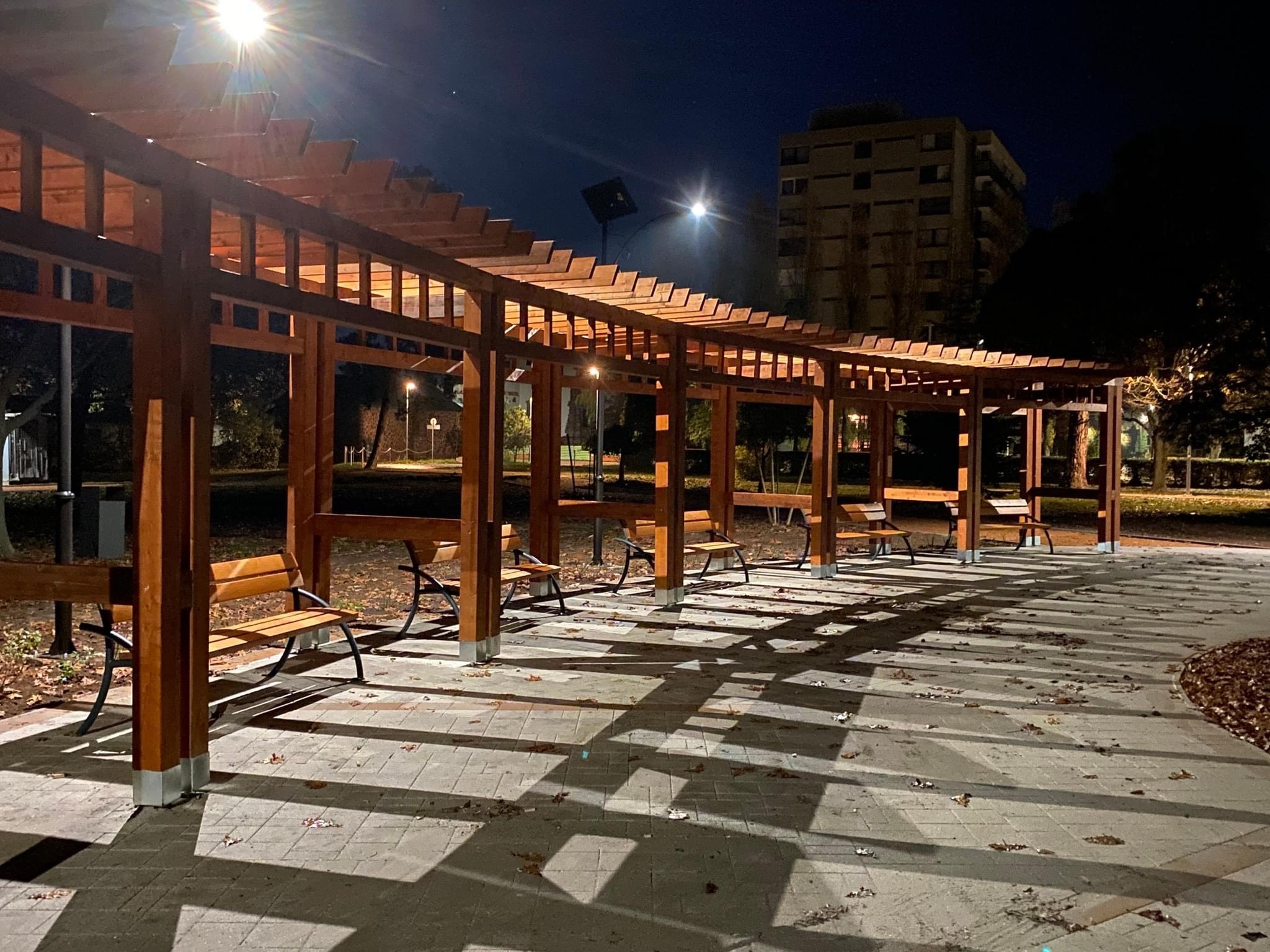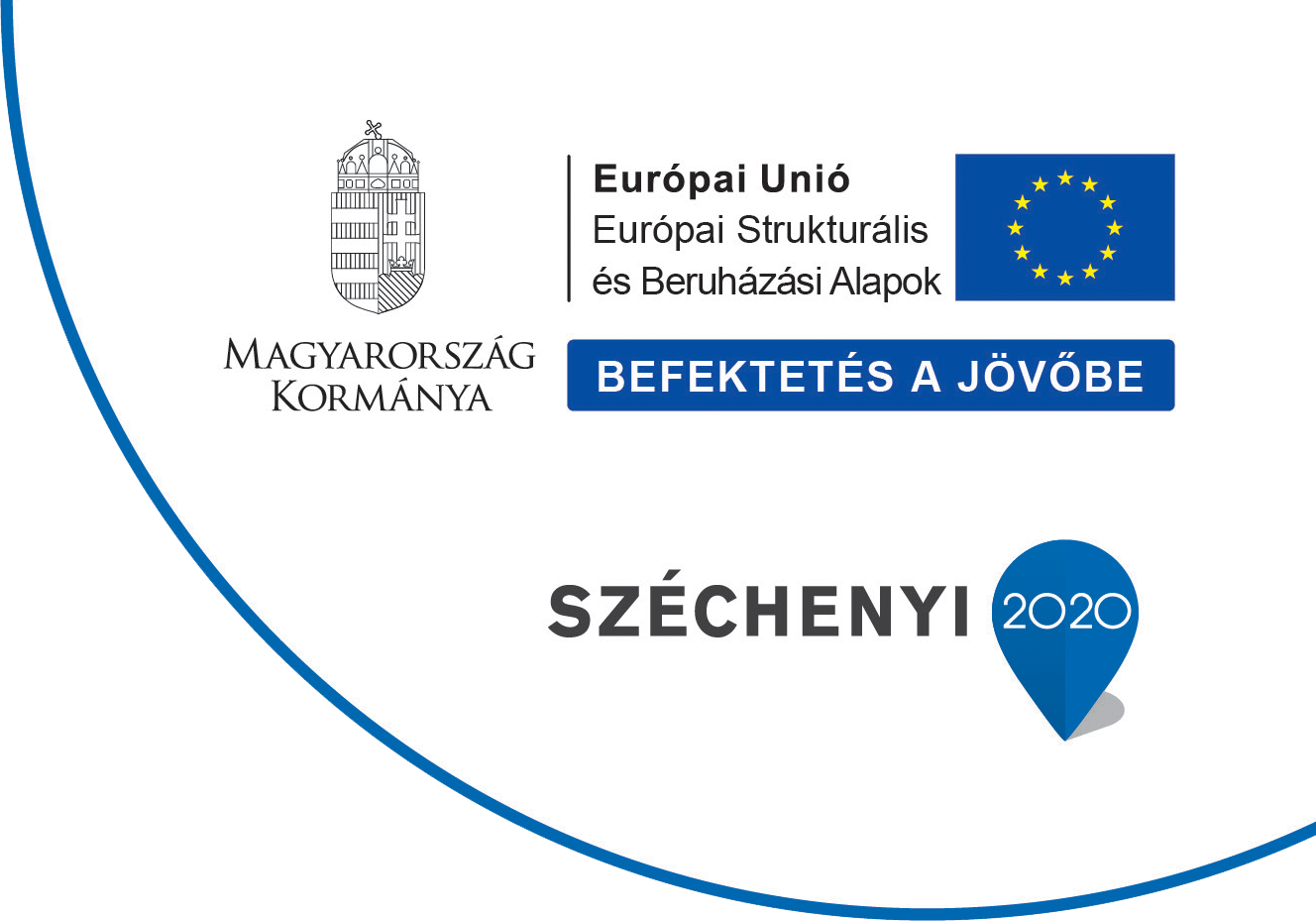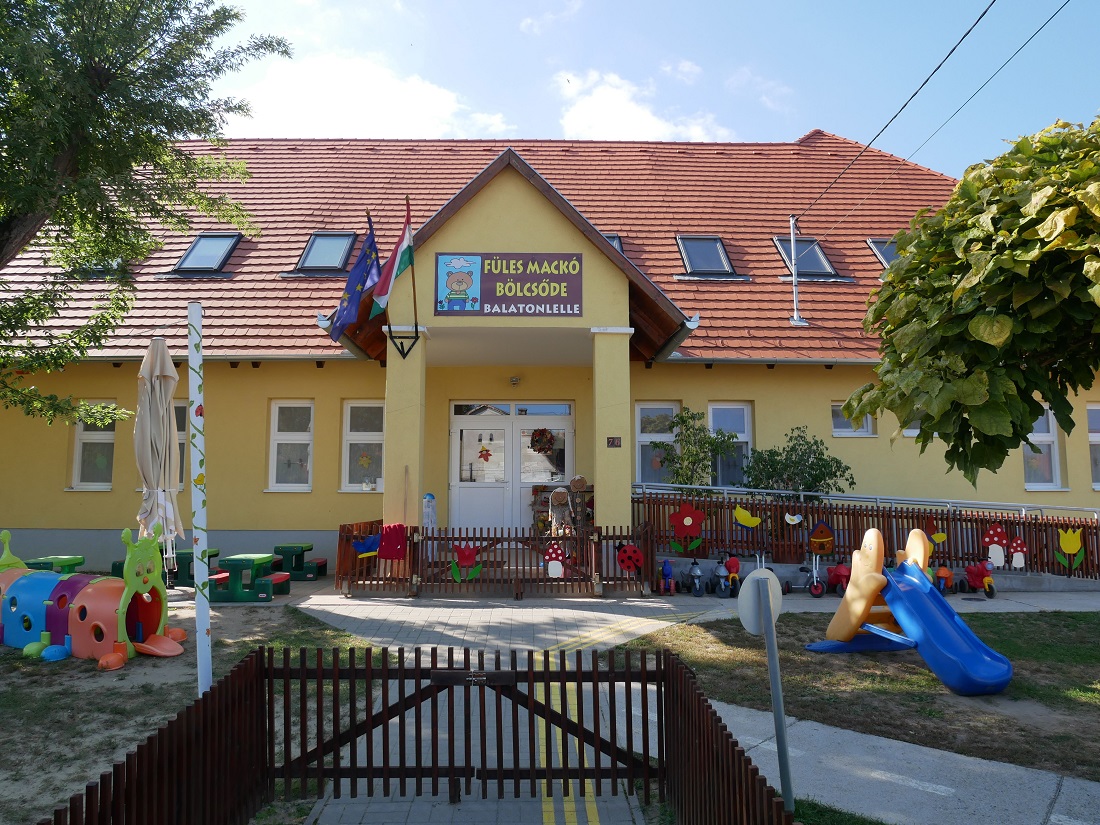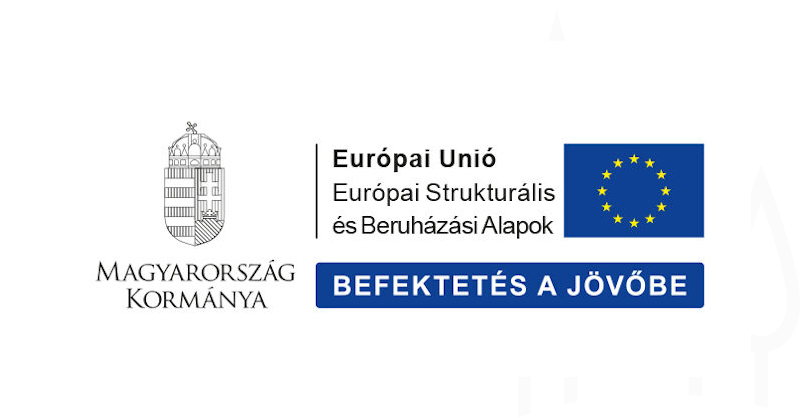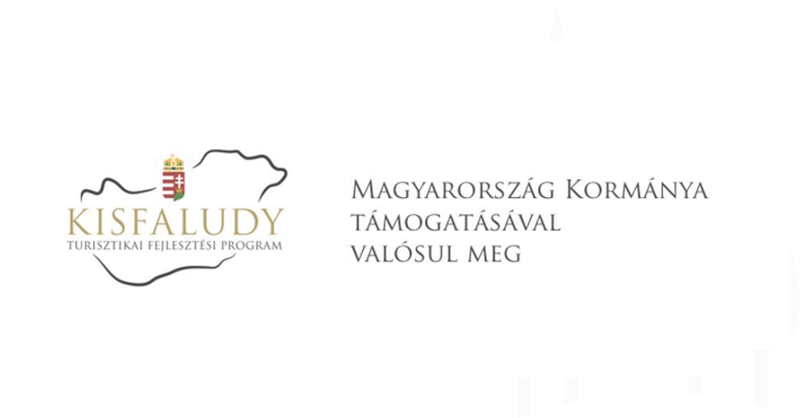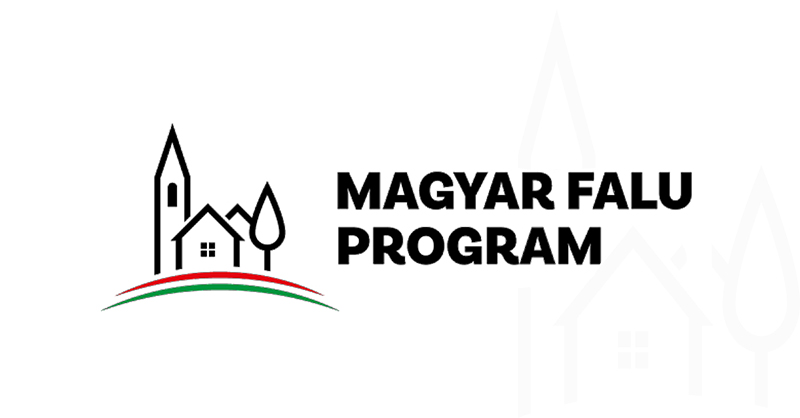Balatonlelle was registered in the tithe list of 1332-37 as Lelye and Belye. Its parish church, which was built in honour of Saint Clement, was mentioned in historical documents. It could be found in the tax registers of 1536 as Lellye. In 1726 it was mentioned as Lőllye and it was in the possession of György Majthényi. Besides Lelle he also possessed Rád, Péntekhely and Gamás puszta. In 1767 Baron János Majthényi, Lajos, Antal und István Mérey, András Szalay und Ferenc Illés were Lords of the manor. In 1810 the Majthényis changed their estate in Lelle for the estates of Ferenc Xavér Jankovich de Jeszenicze in county Nyitra. The new Lord of manor had the mansion built of mud and stone demolished and had an impressive Classicist manor house built. In 1856 Ferenc Xavér Jankovich de Jeszenicze and László Jankovich de Priber et Vuchin (since 1885 Count) changed their estates. Balatonlelle was in the possession of Count Jankovich de Priber rt Vuchin und the family Szalay until the second world war.
Two villages called Gamás were located on the territory of Gamás, one of them was mentioned as property of the Abbey of Tihany in the foundation deed of the Abbey. In 1229 the name Felső-Gamás was mentioned, the other village was called Algamás. The names Nagy-, Kis- and Egyházasgamás also appeared. The inhabitants were serfs of the abbot of Tihany and they were always involved in legal disputes with the abbot. After centuries of disputes the inhabitants of Gamás moved 23 km south of the estate of the abbot where they founded a free settlement.
Péntekhely with its parish church was already mentioned in the Pope’s list of tithes of 1332-37. The churches of Péntekhely und Gamás Puszta built in the Middle Ages were ruined in 18th century.

On 7 January 1848 it became a market town and had the right to host four markets a year. In autumn 1848 the troops of Baron Jelacic from Croatia moved through the town toward Székesfehérvár when outposts clashed with local National Guards. The soldiers who fell in the battle were buried by the inhabitants on the meadow and an arbutus tree was planted on the grave, which is commonly known as Rascian tree and still shows the place of the grave.
In 1856 the population was decimated by cholera. An altarpiece was placed in the church in honor of St. Anne to commemorate the plague. Unfortunately it was completely ruined when the church built in the 18th century was demolished in 1943.
The railway line Buda-Nagykanizsa, which was completed in 1861, offered new opportunities. The first villa was built on the former buffalo pasture in 1896. Afterwards a row of landscaped buildings with a tasteful design surrounded by attractive parks were built. The owners of these villas, who didn’t only use these buildings for private purpose, but they also put up holiday makers, wanted to represent their interests and founded their advocacy group in 1904.
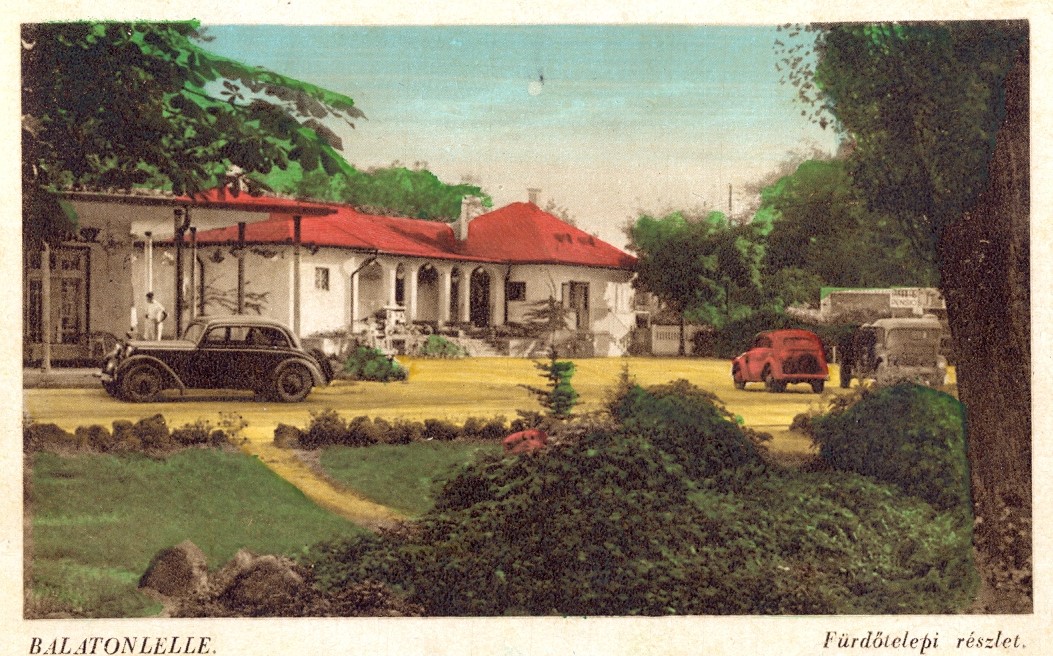
Thanks to its operation, the municipality was one of the first to organise a cultural bathing life. Many hotels, villas and guesthouses were built at that time. Among the tourist resorts that were slowly booming as a result of the strengthening of the bourgeoisie at the turn of the century, besides Budapest and the thermal baths, 10 settlements along the southern shore of Lake Balaton, including Balatonlelle, were mentioned as holiday resorts. Between the turn of the century and the First World War, these 10 settlements recorded 25,000 guests.
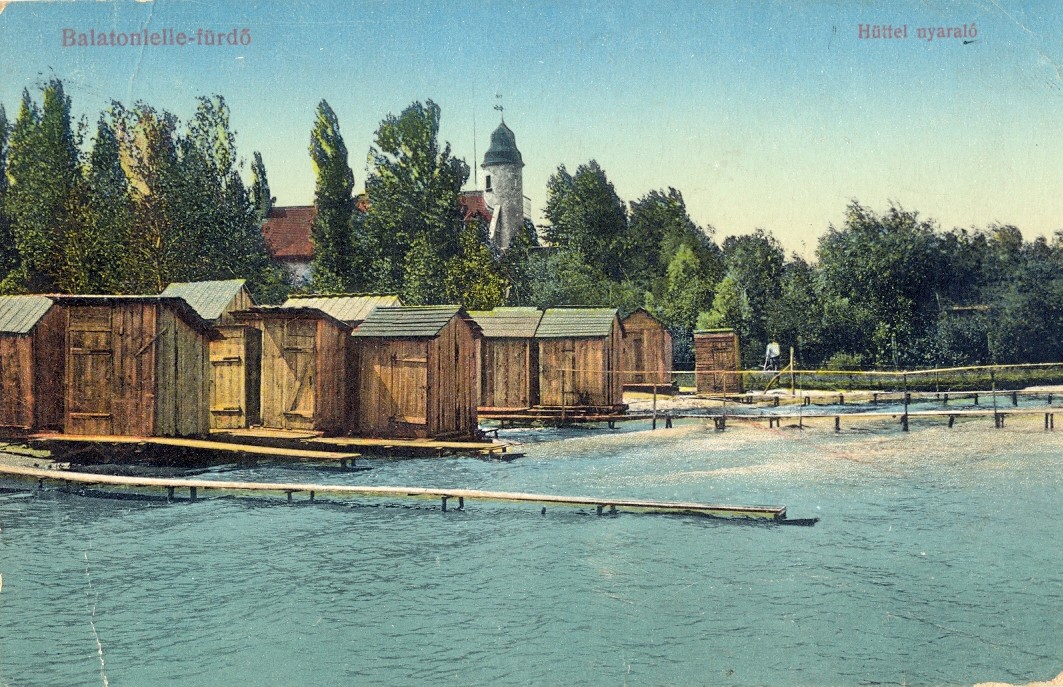
The development continued between the two world wars. During this period the harbour was built and the electricity and water supply networks of the town were developed. The rapid growth was due not only to the increase in the capacity of tourist accommodation, but also to the development of facilities to serve tourism by improving the quality of services and by the construction of municipal facilities, roads and parks. This is a development that the current Council wishes to continue and to do its utmost to promote tourism, which is the town's main source of income. A lot of work is currently being done in terms of marketing strategy to develop and promote tourism.
In the years after the Second World War the pace of development was even faster than before, particularly in the construction of holiday homes. In the 1970s and 1980s, Balatonlelle experienced a large increase in domestic tourism. Accordingly, hotels and camps were built to serve social tourism.
After the merger with Balatonboglár in 1979 it became the 6th settlement of the county, it was named Boglárlelle and received the status of a town. The two municipalities separated on 1 October 1991 and both were allowed to retain their municipal status. Since then, thanks to the additional revenues from privatisation, the municipality has undergone a spectacular development characterised by intensive development of the public utilities (gas pipelines, sewage system) and architectural development.
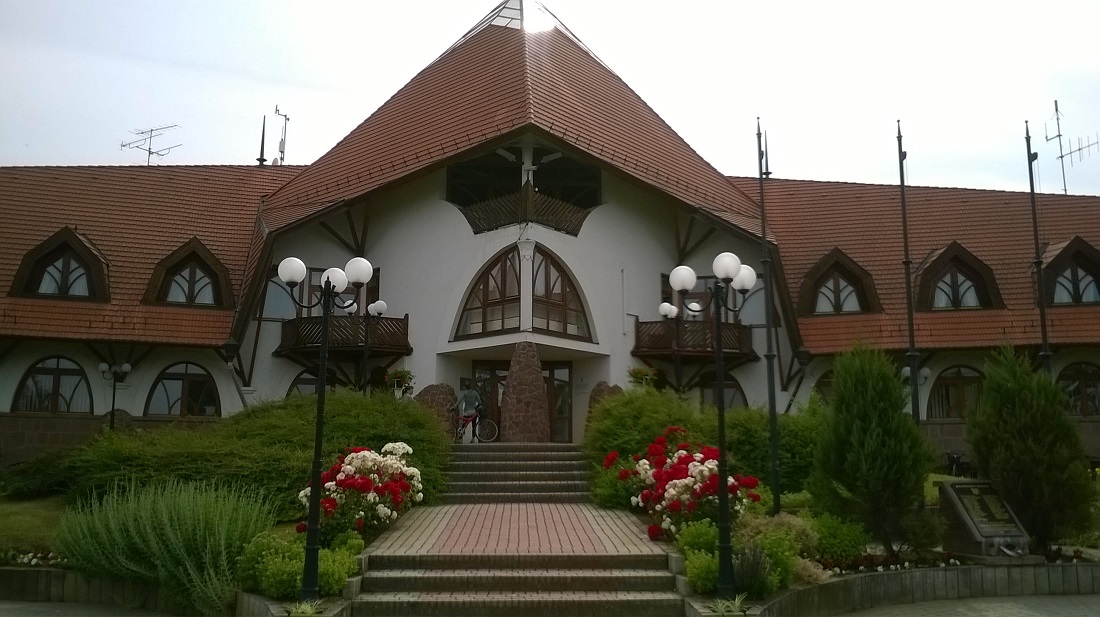
This was the beginning of the heyday of Balatonlelle's history, which brought huge changes in the fields of public administration, urban development and tourism.
The most important and urgent task of the early period was the creation of the town's decision-making and governing bodies. The mayor's office had to be found and by-elections had to be held as soon as possible to enable the first municipal council to start work.
As a result of the elections the 12-member body was led by Mayor László Szücs, who then served two more terms until 2002.
It is often said that Balatonlelle was the big winner of the separation from Boglár, as thanks to the privatisation of a large number of former hotels of the trade unions in the resort area, which occurred at that time, brought a considerable amount of money into the town's coffers, thus creating the possibility of a secure management.
The most important symbols of the town can be associated with the first two election cycles. The municipal coat of arms and flag were created and the keys to the town were handed over to the leadership in a ceremony.
The first issue of the Lelle Newspaper was published on 23 October 1992, and since then it has been a faithful chronicler of the town's history, Residents receive it free of charge every month.
It was also decided to establish honorary titles. The municipality wanted to honour individuals and social organisations who have done outstanding and useful work in any area of life in the city. Many people have been awarded the title of honorary citizen or the Balatonlelle Town Medal. The number of the awards represents the number of excellent people who have worked and volunteered for the town.
At the same time twin town relations were established with Szentegyháza in Transylvania and Ramstein-Miesenbach in Germany, which have been blooming ever since. Garesnica in Croatia joined the list of twin towns later.
With the regained autonomy the city's development plans could be launched, thanks to which the local people and the visitors could experience significant changes from year to year.
In the beginning the municipality relied mostly on its own financial resources but as a result of careful management spectacular improvements were made: the town hall and the police station were built, a solid paved road was built on Kishegy, the chapel was reconstructed, and the first forest park was developed for tourists, which became very popular.
The historic castle school building has been renovated, a tree planting programme has been launched and a lot of flowers are planted each year.
The construction of the roundabout at the intersection of Highways 7 and 67, where the traffic lights stood, as well as the construction of the marina and the redevelopment of the Pier promenade were also of great importance.
2002 was a watershed year for Balatonlelle in many ways. The first change of leadership since independence took place and perhaps the town's most significant tourist attractions were completed. The town's first mayor, László Szűcs, stepped down and was replaced by István Kenéz, who has now completed his 5th term at the helm of the town. At the beginning of his term of office the renovated Szent István Square, Móló promenade and Napfény Beach were opened.
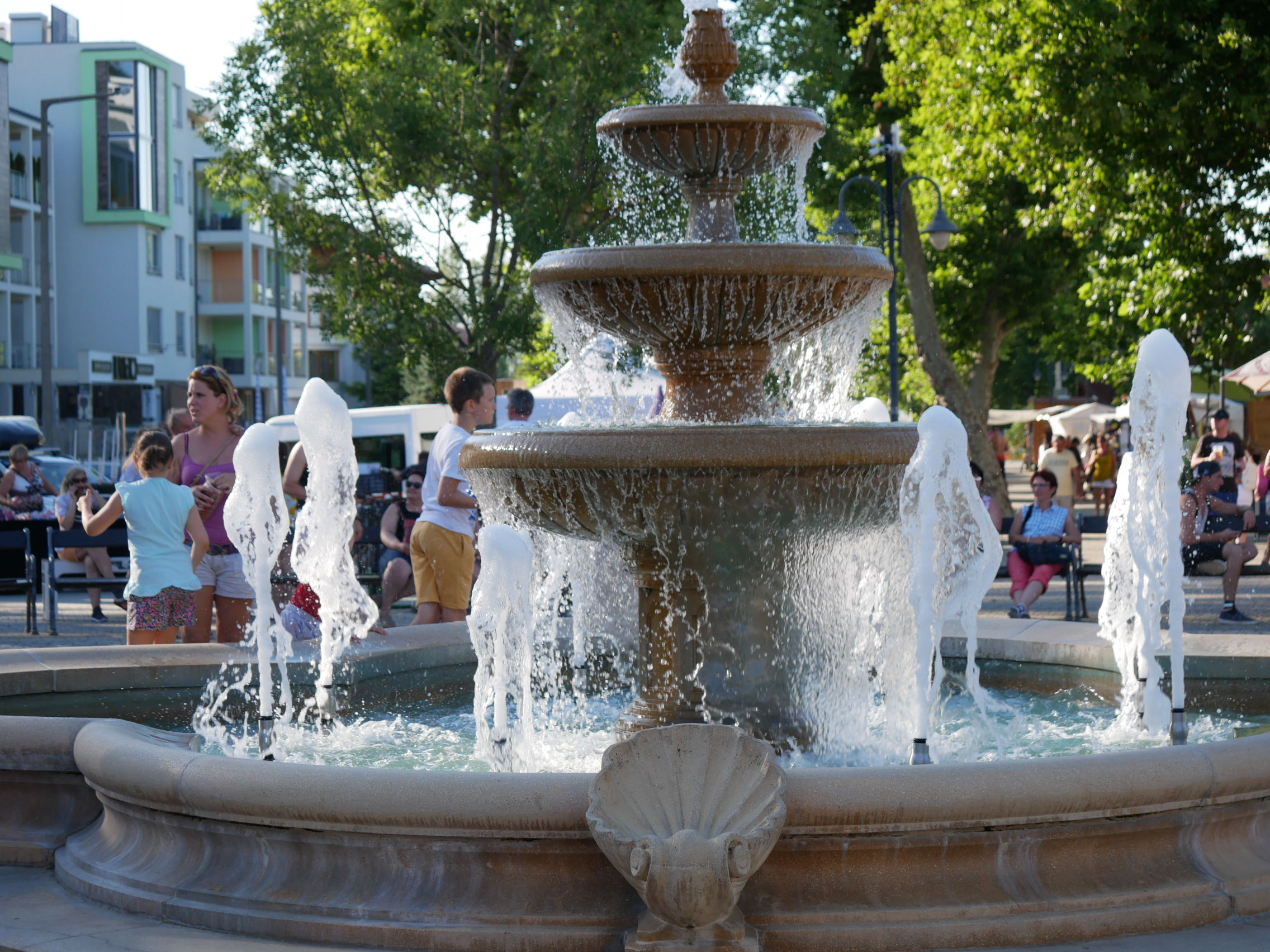
Joining the European Union in 2004 has also played a significant role in the life of Balatonlelle. A series of tenders were launched, in which the municipality was successful. Thanks to this and the town's own financial means the institutions have been renovated and the town's infrastructure has been significantly improved. In the last 16 years a new cemetery and a mortuary have been built and the kindergarten has been renovated in several phases, including a complete energy modernisation. Füles Mackó crèche has been built, the Municipal Community House and the open-air stage have been modernised, the adult general practitioner's surgery has been reconstructed, and thanks to energy improvements the municipal library, the paediatrician's and dentist's surgeries, the small school in Szövetség Street and the building of the basic social services centre have also been renovated and the interiors refurbished. New kitchens, rest rooms and toilets have been built.
Over the years, the primary school building has also been rebuilt. The building has been renovated in several stages to give it its present appearance, and its technical equipment is among the best in the county. The school's kitchen and sports hall were also renovated a few years ago.
The most significant infrastructure improvements were the modernisation of street lighting in the city, the installation of solar lighting on the promenade on the beach, and the ongoing reconstruction of pavements and roads.
The well-being of the population of Balatonlelle is closely linked to tourism. Summer visitors provide a large part of the livelihood of the local population. Therefore, it is very important that the town maintains its tourist attractiveness, which must be reflected in the town's development plans.
The first lido around Lake Balaton was Napfény beach, which was opened in 2006 and fulfilled all the hopes already in the first year.
Local people are used to standing up for pioneering ideas at all costs, even when the authorities put obstacles in the way. Their perseverance has now paid off to such an extent that numerous settlements at Lake Balaton have benefited from similar developments sinve then.
Investments in recent decades have also been closely linked to tourism. Playgrounds, parks, institutions and community spaces have been modernised. The municipality is taking advantage of the opportunities offered by the tenders to make Balatonlelle as comfortable as possible for the residents and as attractive as possible for the visitors.
Today's "modern" Balatonlelle is under the pressure of the challenges of the 21st century and on the path of urbanisation thus it is constantly being shaped by the opening of multinational businesses and the construction of lavish waterfront developments.
